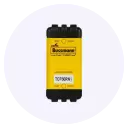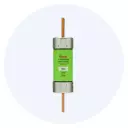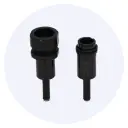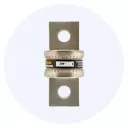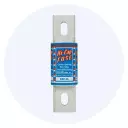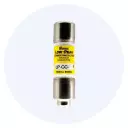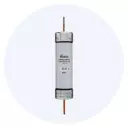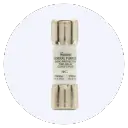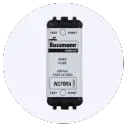Blog
Eaton-Bussmann Fuse Guide
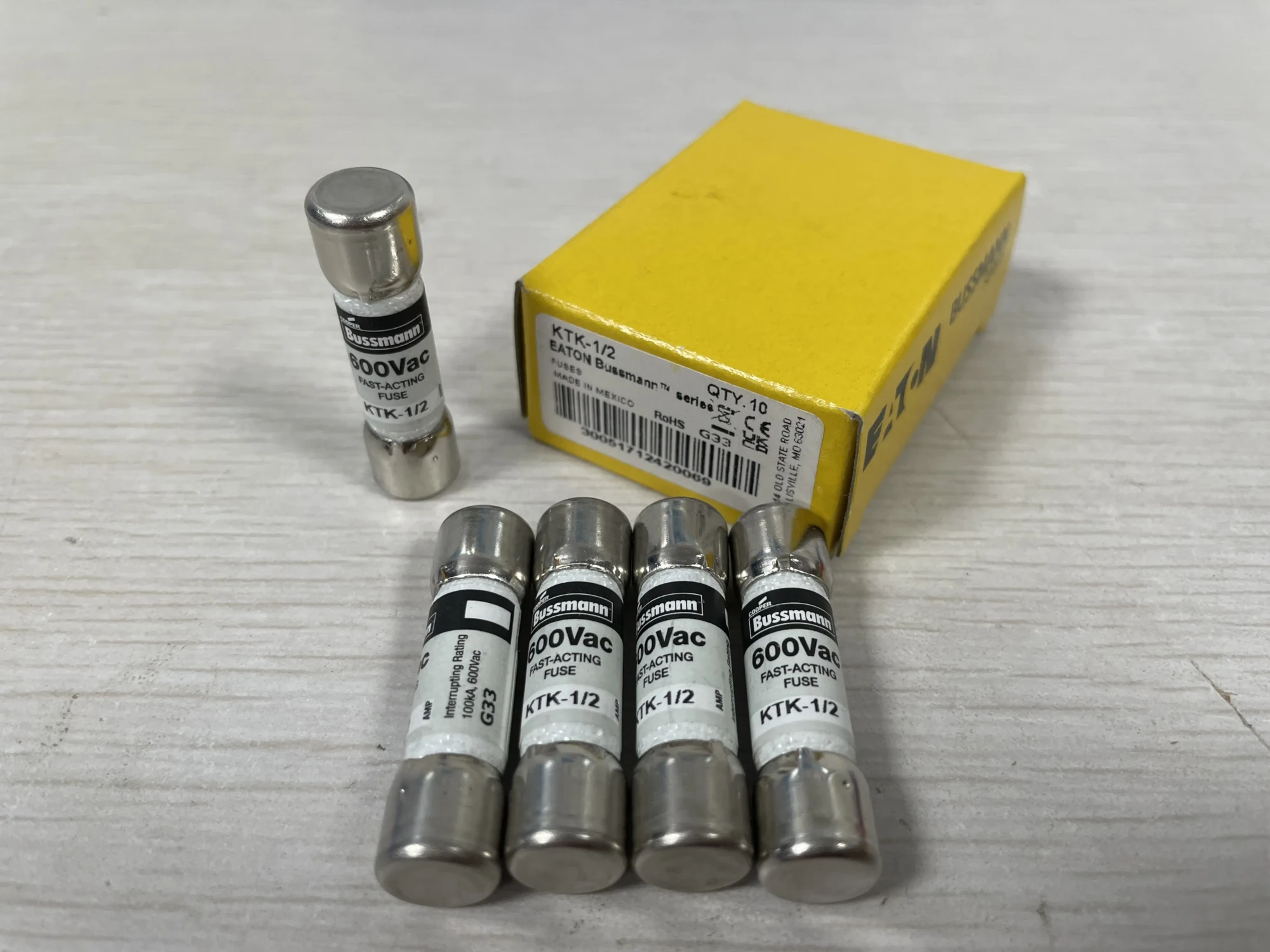
Introduction to Eaton-Bussmann Fuse Guide
In the realm of electrical engineering and circuit protection, the Eaton-Bussmann Fuse Guide stands out as a comprehensive resource for professionals and enthusiasts alike. As a leading provider of intelligent power management solutions, Eaton Bussmann has been at the forefront of innovation, dedicated to improving the quality of life and protecting the environment. In this article, we will delve into the world of Eaton-Bussmann fuses, exploring their product parameters, specifications, uses, and precautions, providing a complete solution for those seeking to understand and utilize these critical components.
Understanding Eaton-Bussmann Fuse Products
Eaton Bussmann offers a vast array of fuse products, catering to diverse applications and industries. Their product lineup includes:
- Power Fuses: These fuses are designed for North American and international standards, including fast-blow fuses, IEC standard fuses, American standard cylindrical fuses, and European standard square fast-blow fuses. They also offer UL/CSA certified low-voltage fuses, miniature low-voltage fuses, fuse holders, and microswitches.
- Electronics Fuses: This category encompasses chip fuses, ESD suppressors, supercapacitors, power inductors, glass/ceramic tube fuses, and resettable fuses, all designed to protect sensitive electronic circuits.
- Transportation Fuses: Eaton Bussmann provides low-voltage distribution boxes, video control systems, remote monitoring systems, and automotive fuses, specifically designed for the transportation industry.
Eaton-Bussmann Fuse Guide: Parameters and Specifications
To ensure the proper selection and application of Eaton-Bussmann fuses, it is essential to understand their key parameters and specifications. These include:
- Voltage Rating: The maximum voltage that the fuse can handle, typically expressed in volts (V).
- Current Rating: The maximum current that the fuse can handle, typically expressed in amperes (A).
- Breaking Capacity: The maximum amount of energy that the fuse can safely interrupt, typically expressed in kiloamperes (kA).
- Response Time: The time it takes for the fuse to open (interrupt the circuit) after a fault condition is detected.
- Operating Temperature: The temperature range within which the fuse is designed to operate.
Uses and Applications of Eaton-Bussmann Fuses
Eaton-Bussmann fuses find applications in a wide range of industries, including:
- Industrial Control Systems: Fuses protect against overcurrent and overvoltage conditions, ensuring the reliability and safety of industrial control systems.
- Electrical Distribution Systems: Fuses are used to protect electrical distribution systems, including panelboards, switchboards, and circuit breakers.
- Transportation Systems: Fuses are used in automotive, aerospace, and other transportation systems to protect against electrical faults and ensure safe operation.
- Renewable Energy Systems: Fuses are used to protect solar and wind power systems, ensuring the safe and efficient operation of these renewable energy sources.
Precautions and Safety Considerations
When working with Eaton-Bussmann fuses, it is essential to follow proper safety precautions to avoid injury or damage:
- Proper Selection: Ensure that the fuse is properly selected for the specific application, considering factors such as voltage, current, and breaking capacity.
- Installation: Follow proper installation procedures, including mounting and wiring, to ensure safe and reliable operation.
- Maintenance: Regularly inspect and maintain fuses to ensure they are functioning correctly and replace them as needed.
- Personal Protective Equipment: Wear proper personal protective equipment, including safety glasses and gloves, when handling fuses.
Conclusion
In conclusion, the Eaton-Bussmann Fuse Guide is an essential resource for anyone working with electrical systems, providing a comprehensive overview of fuse products, parameters, specifications, uses, and precautions. By understanding and following the guidelines outlined in this article, professionals and enthusiasts can ensure the safe and reliable operation of electrical systems, protecting people, equipment, and the environment. Whether you are an engineer, electrician, or simply interested in electrical systems, the Eaton-Bussmann Fuse Guide is an invaluable resource that will help you navigate the complex world of circuit protection.

